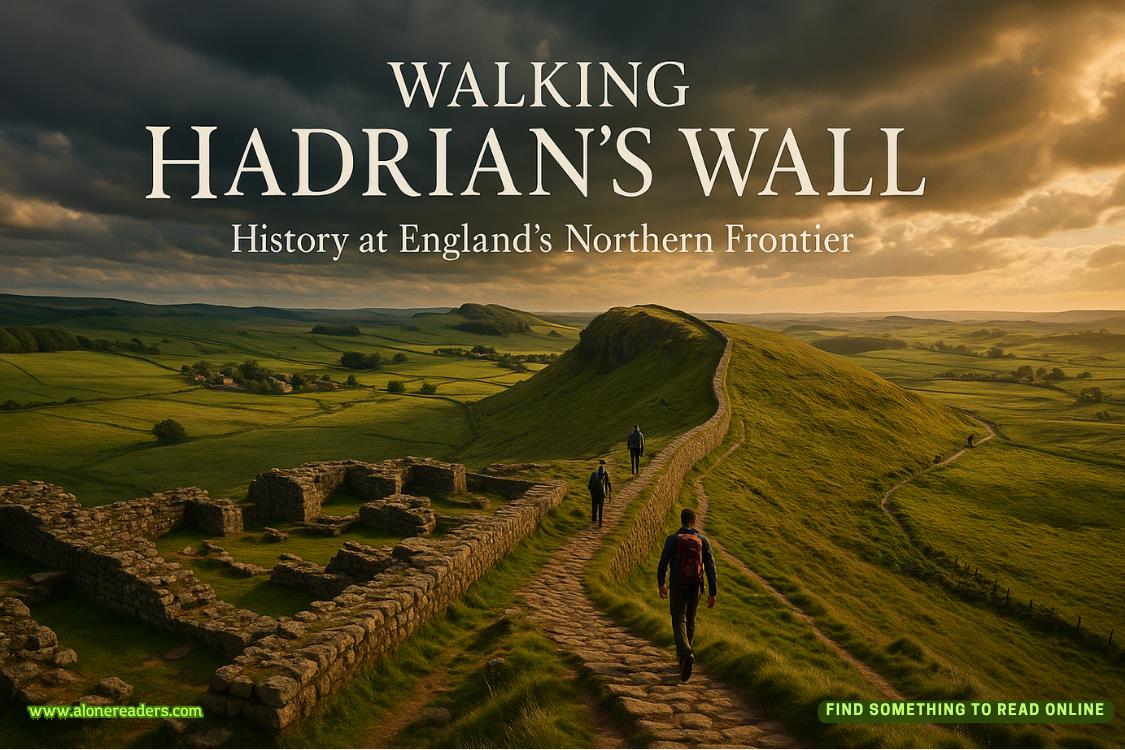Page 82 of Worse Than Murder
‘I’m not sure yet.’
‘Who are your suspects?’
‘Everyone living in this village old enough to commit murder back in 1992.’
‘I hope you’re not including me in that,’ Tania says with a smile.
I don’t say anything. I can’t. But if there’s one thing worse than a journalist printing gossip and innuendo, it’s a journalist who refuses to.
Aaron Connolly and his team are back at Lake Windermere to continue the search. Now the car has been removed, their job is to comb the lakebed around where the car was situated to look for further evidence. A shoe and a piece of jewellery have risen to the surface following the storm which sent trees crashing into the water, disturbing what lay beneath. What else has left the confines of the car over the past thirty years?
Aaron stands on the shore. He’s unable to enter the water but is dressed in a wetsuit and has a life jacket on standby in case any of his team get into difficulty and he’s needed. He doubts that will happen. His team undertake regular training and are experts in their duties. Also, he checked the weather forecast and it’s to remain fair throughout the day. Looking out onto the water, the merest of ripples appear on the surface in the gentle, warm breeze.
To comb the lakebed, SRUK use the Jack Stay set-up. Two buoys bob in the water, marking the area the car was located. Beneath them, anchors sit on the floor of the lake and a floating polypropylene line connects the two. A diver travels along the length of the line between the two anchors and scours the floor for any evidence or debris that could be useful for the police investigation. Whatever is found will be brought back to the surface, then the anchors are moved to another point along the lakebed. It is a laborious task.
‘How long do you think it will take?’ Inspector Forsyth asks.
She stands next to Aaron, wearing a zipped-up gilet, leggings, and wellington boots. Her arms are folded tightly across her chest.
‘We’ll be here all day,’ Aaron answers without taking his eyes from his lead diver as he slowly walks out into the water.
‘Right,’ she says. ‘I’ll leave a couple of uniformed officers here in case you find anything that we need to know about straight away. I’ll keep popping back, though. I gave you my direct number, didn’t I?’
‘You did.’
Gill doesn’t make to move away. She clears her throat. ‘I’m aware of your past with Detective Chief Inspector Matilda Darke. I’m guessing you were quite close at one point.’
Aaron doesn’t say anything.
‘This is my investigation,’ Gill continues. ‘If you find anything, you tell my officers and me only. Is that understood?’
He turns to look at her. ‘Perfectly,’ he says with a smile.
* * *
Ten miles away, in Kendal, a forensic warehouse owned by the Cumbria Constabulary is now home to the blue Vauxhall Astra 1.3 Merit Estate. It is high up on a raised platform as forensic officers in white scene-of-crime suits take photographs of the vehicle from every angle, including underneath. The seventeen-digit VIN number is found on the chassis and noted down. The registration number is recorded and matches the make and model of the car. The general condition of the bodywork is analysed to check for signs of damage. None are found, though nobody knows what’s lying beneath the layers of mud stuck to it. Once it’s washed off, the bodywork will need to be checked again. The locks on the doors and boot have been checked for signs of tampering. Again, none are found.
It’s important to know if there are any specific reasons why the car ended up in the water in the first place. Had the vehicle been interfered with? Had a brake line been cut, either frayed through wear and tear or deliberately? Now the scene-of-crime team is satisfied, the exterior of the car has been covered, the platform is lowered and Crime Scene Manager, Louise Brocklebank, steps forward.
Louise is in charge of looking after the car and making sure everything is done correctly in the processing of any evidence. She has been in the background while photographs are taken, but now, as she approaches, she lifts up her protective hood and tucks in her shoulder-length blonde hair. She places a mask over her nose and mouth and pulls on a pair of latex gloves over the cuffs of the Tyvek sleeves.
Standing in the background is Sergeant Claire Daniels from High Chapel Police Station. She was asked by Inspector Forsyth to oversee the forensic investigation and report back any findings. Part of her thought this was a waste of time. The whole thing is being documented and recorded. However, for the sake of the Pembertons, she feels a need to be here.
‘Are you ready, Brian?’ Louise asks one of the CSIs who is behind her, camera held in front of him, recording over her shoulder.
‘Yes. All good here,’ he replies.
‘Okay. I’m going to open the rear door.’
Claire steps forward to join them, yet maintains her distance.
The car is still covered in silt and algae, but most of it has dried overnight. She pulls the door hard before it opens. It wasn’t locked. An arc light is brought forward, lighting up the interior.
After thirty years of being underwater, there is very little remaining of the inside of the car. The carpet and fabric seats have disintegrated, leaving only their metal frames and a layer of what can only be described as mulch on the floor.
On the rear seats is an amalgam of bones. Bodies left in water are difficult to analyse. Maceration of the skin begins within minutes in warm water, as in the case of deaths in bathtubs; but in cold water, like Lake Windermere, it is difficult to estimate a time frame. There are too many variables, such as the temperature of the water on the day the car went in and the condition of the water at the time. Exposed areas such as hands and face show the signs of immersion in water first and within a few days become wrinkled, pale, and sodden, the so-called ‘washer woman’s skin’. After several weeks in cold water, the thick keratin on hands and feet becomes detached and will peel off in a glove and stocking fashion. The hair and finger- and toenails begin to loosen around this time too. Areas of the body covered with clothing will take longer to break down and man-made fibres will protect the body longer than usual. Parts of the body not eaten by scavengers will simply slip off the bones and merge with the fabric of the seats or the carpet on the floor of the car. Either way, it will be lost over time. What remains is what Louise Brocklebank is now looking at, a collection of unidentifiable bones. How many bodies are here? It’s difficult to tell by looking. They will need to be carefully transported to a postmortem suite and fitted together.
Louise stands to one side and allows the bones to be filmed and photographed. It opens up the whole scene for Claire to see from where she’s standing.















